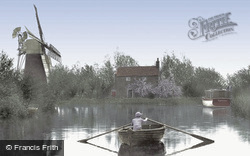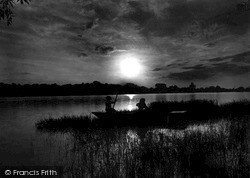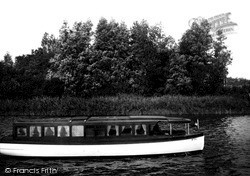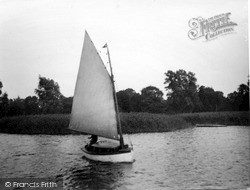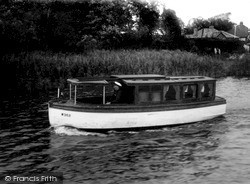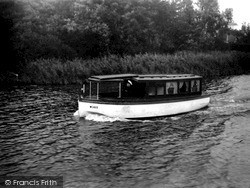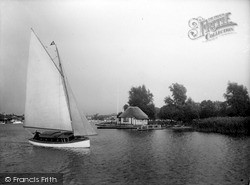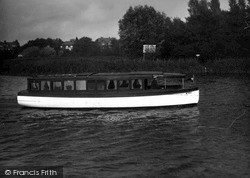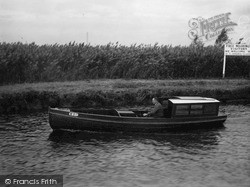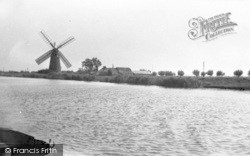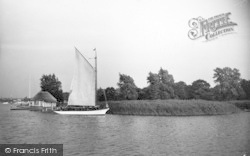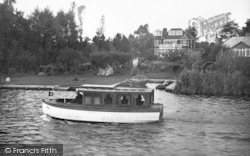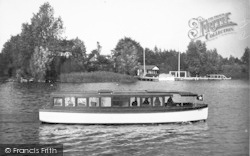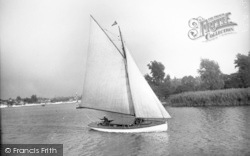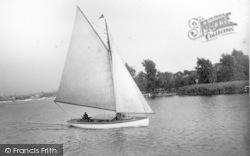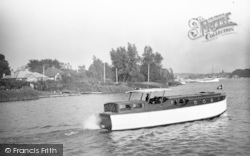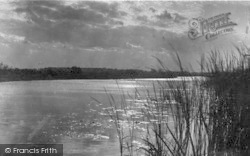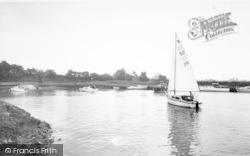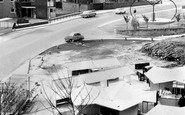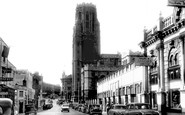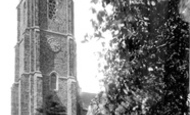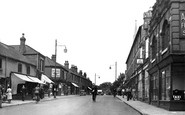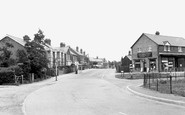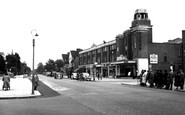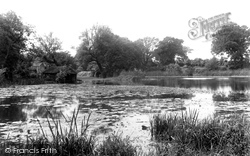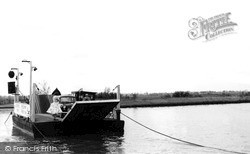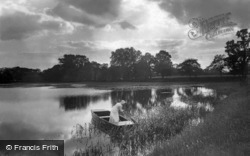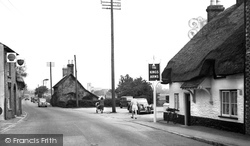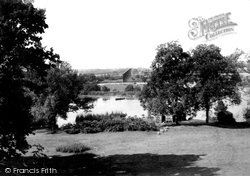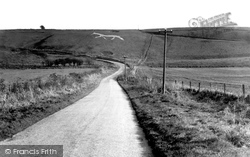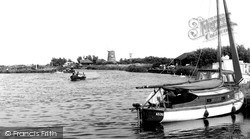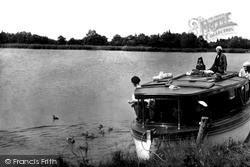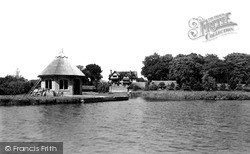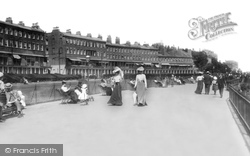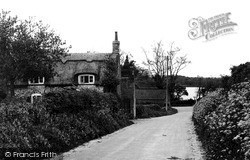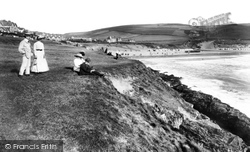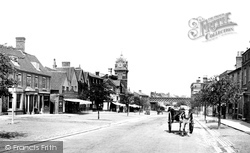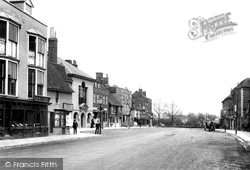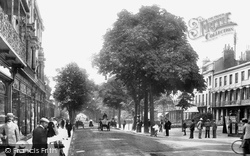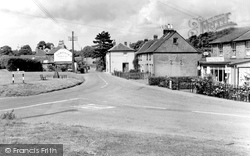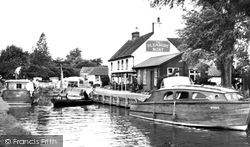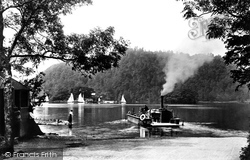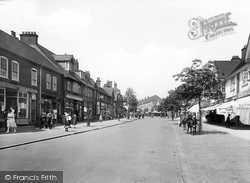Places
2 places found.
Those places high-lighted have photos. All locations may have maps, books and memories.
Photos
222 photos found. Showing results 61 to 80.
Maps
9 maps found.
Books
2 books found. Showing results 73 to 2.
Memories
463 memories found. Showing results 31 to 40.
Dennis Thompson Pictures Of Broad St Parkgate
Both my grandmothers lived around the corner from here in The Green Lane Tavern yard. Michael Thompson here, in Australia, I am interested in selling my dad's original pen & Ink line drawings of Broad Street, Parkgate if you know anyone who may be interested.
A memory of Rawmarsh by
Driving Out Of Bristol
Centre of road, driving towards the camera in his brand new ivory Ford Consul Mk II reg. 441 AAE is my recently deceased father, Captain G.G.Liles of BOAC (ex-RAF).1920-2006. We lived in Brislington from 1949-1958, until ...Read more
A memory of Bristol in 1957 by
Evacuee
My mother was evacuated to Bishop Nympton ( but going to school in South Molton) She arrived with her mother and her brand new baby sister sometime during the War...I don't know the year right now, I need to find out. They were ...Read more
A memory of South Molton by
Early 1950s
I was born in Dartord where I lived in Stanham Road until I moved at the age of 9 years. Childhood friends I remember are Anthony Artist, Janet Cork, Michael Burville (not sure of spelling of surname). My next door neighbour was the ...Read more
A memory of Dartford in 1953 by
I Was At Port Regis 1972
I can just about remember my time at the school, it was run by nuns, Sister Sheila rings a bell. I was there with my two brothers, Thomas Keefe and Pandy Keefe. I remember geting the cane for kissing a girl and ...Read more
A memory of Broadstairs in 1972 by
Boyhood Memories
I was born in 89 Abbot Street, just off Sunderland Road, in 1932, then we moved to the Gateshead end of Redheugh Bridge. When the Second World War started we moved to 20 Brussel Street. The Davidson family lived in the flat ...Read more
A memory of Gateshead in 1940 by
Lofthouse's Newsagents
So I see it now again after so many years the shop on the corner with that sign Lofthouse's Newsagents above the entrance I went under many times to collect my comics hot from the presses of D.C.Thomson of Dundee: Beano ...Read more
A memory of Worksop by
Happy Days
Oh the memories stored away!! Charlie's opposite Cove Green, going there for sweeties on a Sunday, Cove Green (not as good as Tower Hill swings though!), Mundays closing at 1pm on Sundays, Thorntons with its yellow facade, and wool etc, I ...Read more
A memory of Cove in 1965 by
Happy Days In Latimer
It was only two years or so, from 1959-61, aged 6-8, but it still seems as if the happiest period of my childhood in Latimer was one long, endless, glorious summer. My dad was in the army, in the King's Own Scottish ...Read more
A memory of Latimer in 1959 by
The Odeon
Every Saturday morning my brother Frank and sister Lorna and I were there for the children's matinee so much fun. We were born during WWII and I remember how close our neighborhood was and the Odeon was part of it. When I got a little ...Read more
A memory of Hounslow in 1950 by
Captions
458 captions found. Showing results 73 to 96.
This lovely photograph shows a broad on the upper Bure, possibly South Walsham, showing water lilies which were common on many broads early in the 20th century.
Reedham, in the broad, silent expanses of the Yare valley, was once a thriving North sea port. The chain ferry pictured offers the only passage across the Yare between Norwich and Yarmouth.
Sunset against sombre skies, dark shadowy trees, an invisible breeze, the slap of waters among the reeds... a woman in pinafore dress and bonnet punts her way home after the day's toil.
Both public house and petrol station prospered with the increasing volume of traffic on a road that the Edwardian topographer Sir Frederick Treves had described as 'a delightful walk'.
A small broad off the busy river Bure, Salhouse in 1902 displayed the tranquillity of the English countryside beloved by Victorian artists.
The Eels Foot Inn now dispenses refreshments to visitors after their row on the broad. The ladies' headwear is typical of the early 1930s, and short skirts were in vogue.
The Broad Hinton (or Hackpen) white horse is on Hackpen Down between Avebury and Swindon on the Marlborough Downs. It is amateurish in design, and the least impressive of all the Wiltshire horses.
The Broad Hinton (or Hackpen) white horse is on Hackpen Down between Avebury and Swindon on the Marlborough Downs. It is amateurish in design, and the least impressive of all the Wiltshire horses.
A motor dinghy carries a boatload of adults and children past the pumping mill at Martham Staithe.
On the right of the group, three young ducklings are hitching a ride on their mothers' backs. Reed beds can be clearly seen at the far edge of the broad, with trees on land behind.
Both the house and lodge are roofed in local Norfolk reed, known throughout the land as the best material for this purpose.
Fashions are on parade in the warm sunshine as the Victorian era gives way to the Edwardian.
A brick-built cottage on the lane leading to the broad has an unusual herringbone pattern on the ridge of its thatched roof. The casement windows are the traditional style in Norfolk cottages.
Barricane Beach is behind the camera, and we see the broad expanse of Woolacombe sands stretching away south towards Croyde.
Famous for its many antique shops, which line the broad High Street, Hungerford was given a fishing charter and a brass drinking-horn by John of Gaunt (the Duke of Lancaster), who granted fishing
The young coxswain in the skiff has misjudged her three-point turn, and is wedged between the quayside and the cruiser.
Across the broad expanse of the High Street is the portico of the Town Hall, which was rebuilt in 1790.
The Thames is not sufficiently wide at Oxford for the conventional kind of race in which one boat, known as an eight, overtakes another.
The broad tree-lined Promenade is lined with elegant houses, whose delicate and graceful wrought- and cast-iron work on the balconies and verandas has long been particularly admired.
Though Fawkham was given a station on the LC & DR railway in the late 19th century it has retained its unspoilt charm and tranquillity.
A favourite pub for many years, the Pleasure Boat Inn these days is the starting point for a water trail which visits the reed beds which make this part of the Norfolk Broads an important wildlife habitat
In this beautiful photograph we see the ferry boat setting out across the broad, placid waters of Lake Windermere with two horse-drawn carts on board.
Here we see the broad sweep of the garden city's main street looking west, with a wide assortment of businesses lining the wide tree-lined pavements.
Looking along the broad sweep of Lyme Bay toward the eminence of Barton Cliff, with the protective harbour walls jutting out to sea, and the signal mast of the coastguard station clearly visible.
Places (2)
Photos (222)
Memories (463)
Books (2)
Maps (9)


